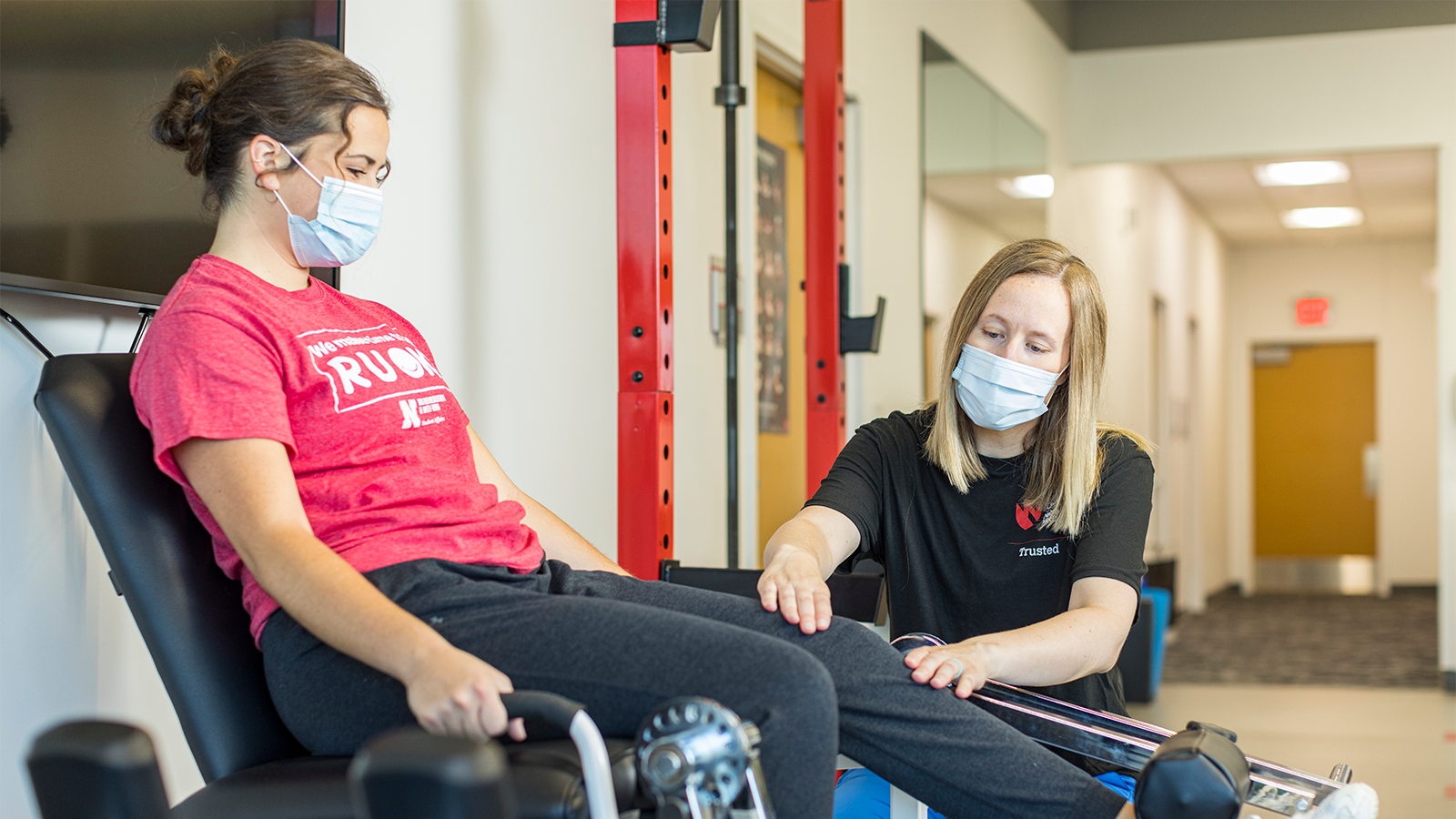Chronic breathing conditions, such as asthma and long-lasting obstructive pulmonary disease (COPD), affect millions of people worldwide. These conditions can make it challenging for individuals to breathe, leading to a reduction in exercise and total quality of life. However, studies has shown that undertaking regular movement can significantly ease effects of these diseases. Movement helps fortify the breathing muscles, enhance lung function, and enhance overall stamina. By incorporating physical activity into their regular habits, patients with chronic pulmonary diseases can enjoy better health and enhanced well-being.

One approach that movement helps those with long-term pulmonary conditions is by improving pulmonary function. When patients engage in physical activity, their lungs increase activity to deliver Oâ‚‚ to the organism. This can lead to improved pulmonary function and efficiency over time. Activities such as strolling, aquatic exercise, or biking can be especially advantageous. They help patients to gradually improve their stamina without overwhelming their physiologies. As a consequence, people may discover they can carry out daily activities with greater ease and encounter fewer episodes of breathlessness.
Moreover|Additionally|Furthermore, exercise can have positive impacts on mental health as well. Persistent pulmonary diseases often are associated with feelings of worry and depression due to persistent health challenges. Regular exercise stimulates the release of brain chemicals, which are chemicals in the brain that support improve mood and reduce stress. Joining group activities or organized programs can also provide peer interaction and reduce perceptions of isolation. This sense of community can encourage people to maintain activity while also supporting their psychological wellness.
In addition to physical and emotional health advantages, movement can lead to enhanced management of manifestations associated with persistent pulmonary conditions. For instance|For example|Specifically, patients who engage in regular movement may have reduced flare-ups and reduced intensity of symptoms like persistent cough browse around this web-site and respiratory wheeze. It is important for those with these diseases to work with medical providers before initiating an activity regimen. A medical professional or rehabilitation specialist can assist them in selecting appropriate exercises that align with their individual capabilities and limitations.
Finally|In conclusion|Ultimately, including movement into regular schedules does not have to be complicated or daunting. Modest changes, such as using stairs instead of the mechanical lift, going for a walk during lunch breaks, or engaging in yoga classes, can make a significant difference company website over time. Establishing realistic targets and progressively increasing activity levels can assist patients to maintain commitment and attain sustainable results. With commitment and the adequate support, patients with long-term breathing disorders can harness the benefits of movement to alleviate their manifestations and boost their quality of life.